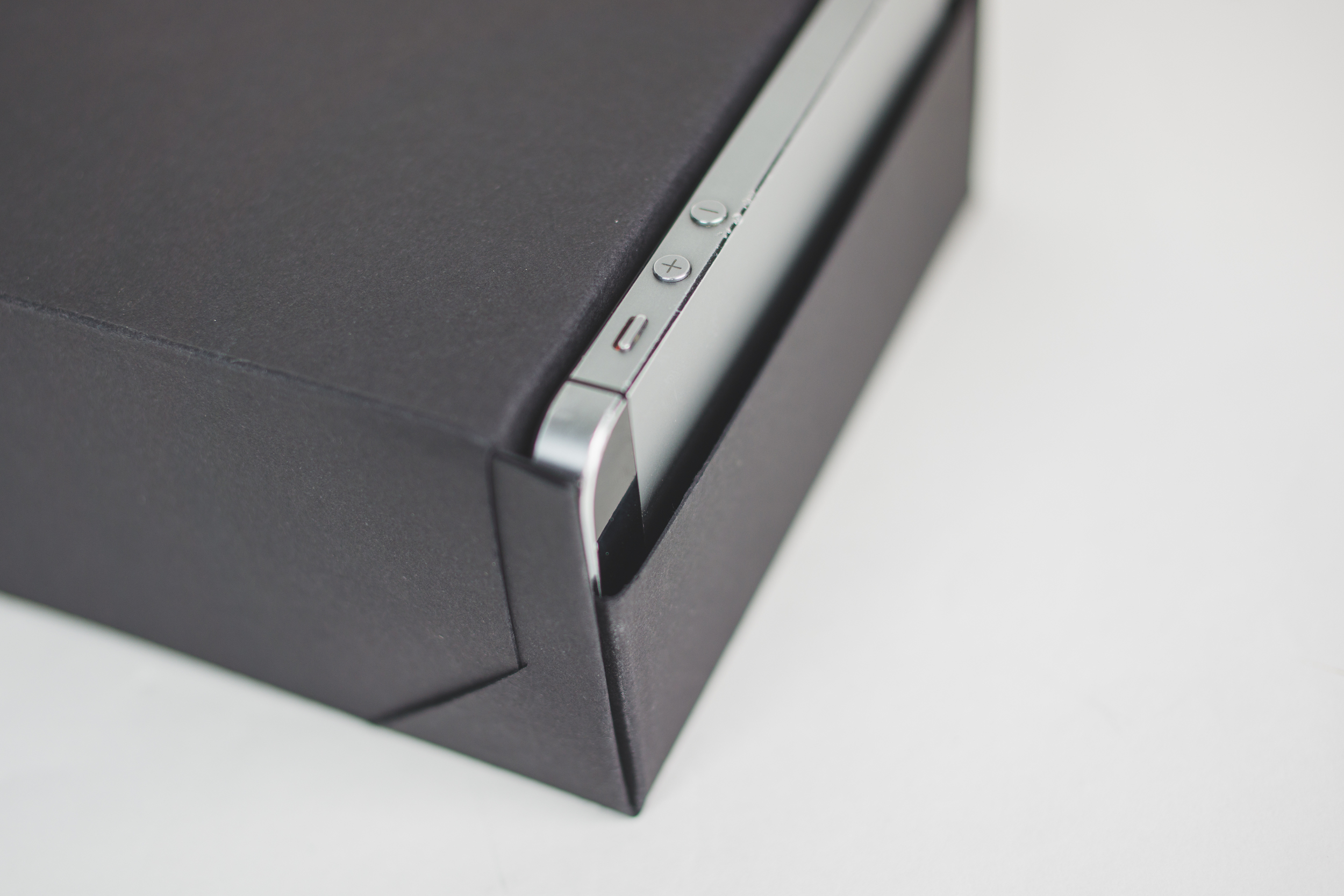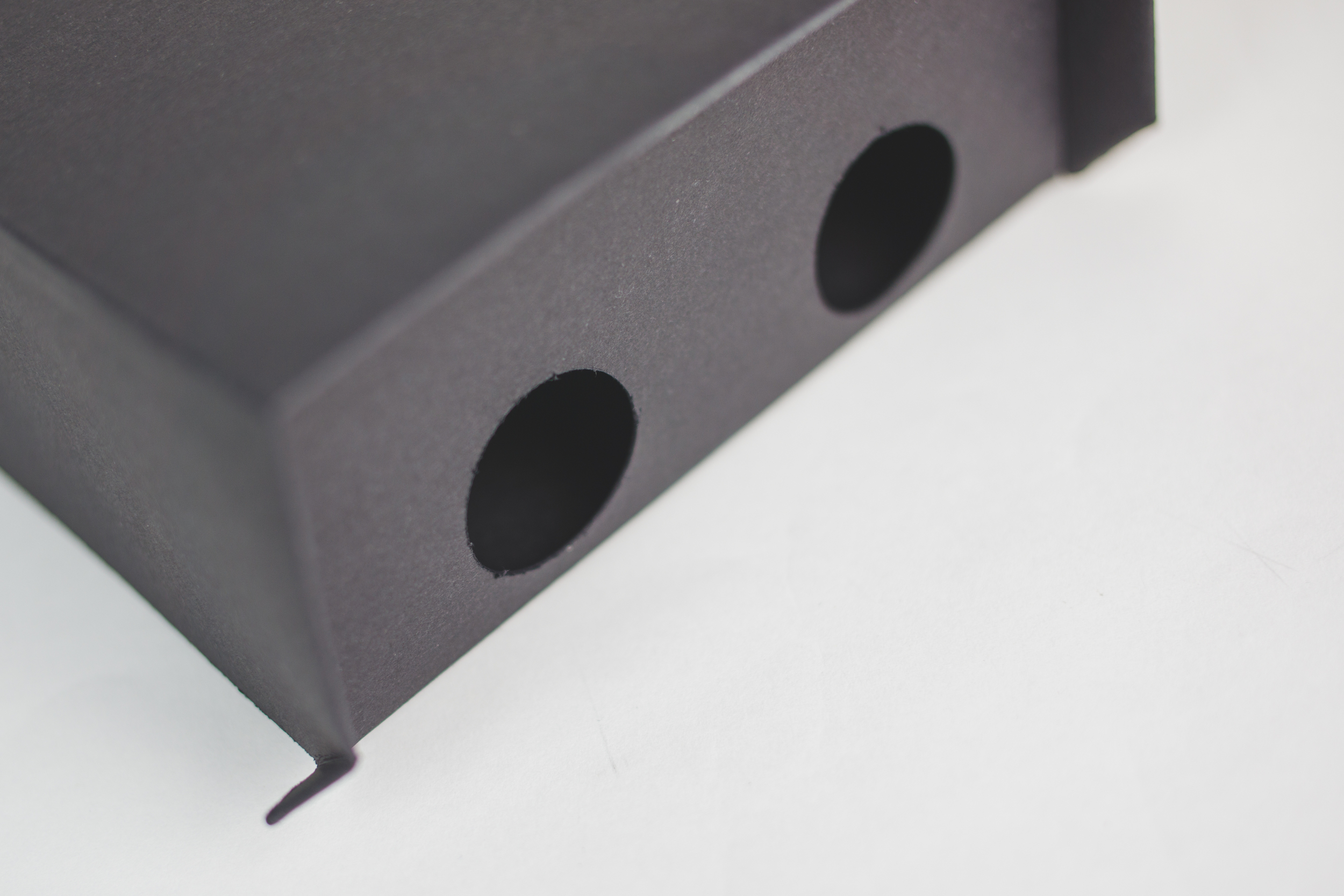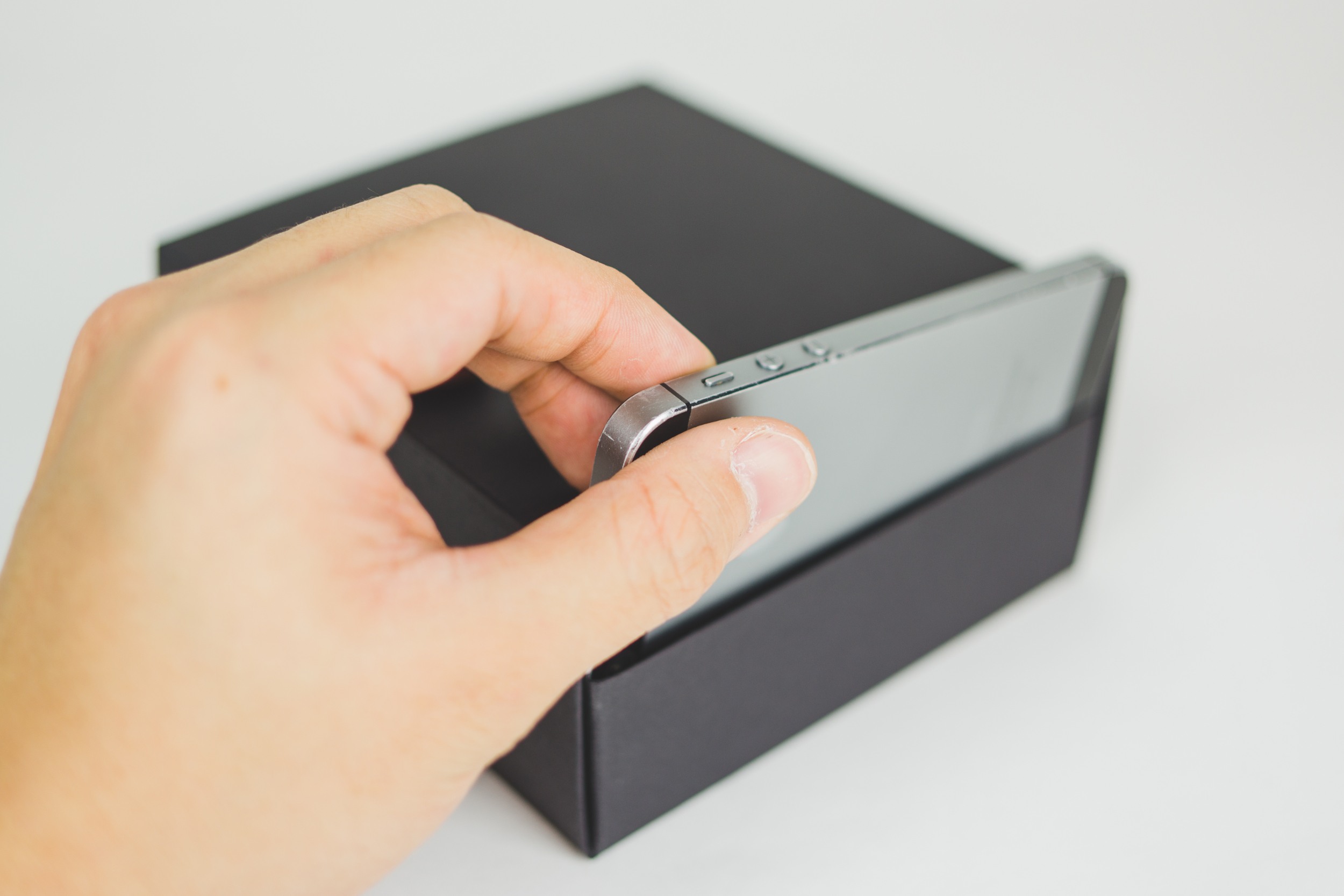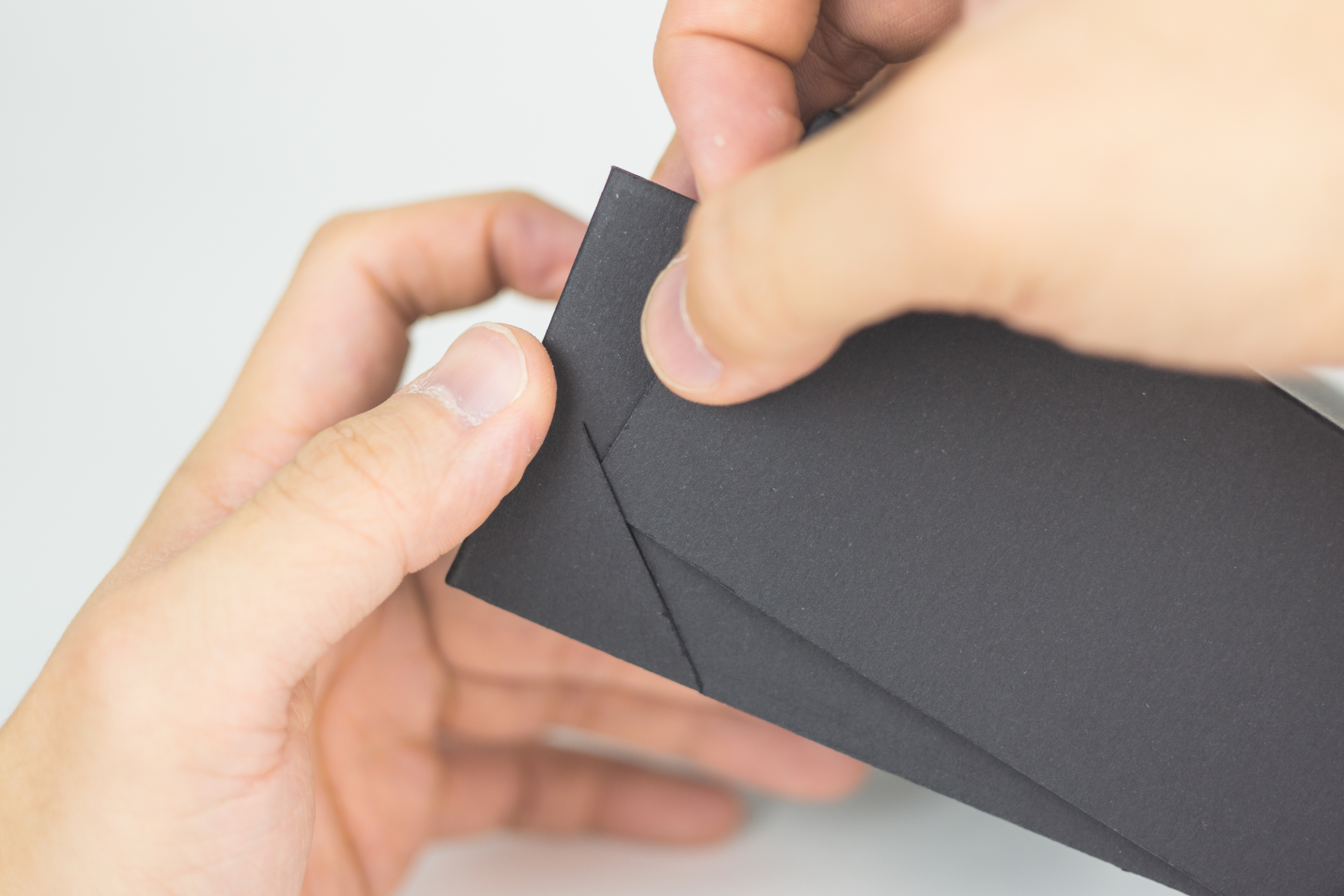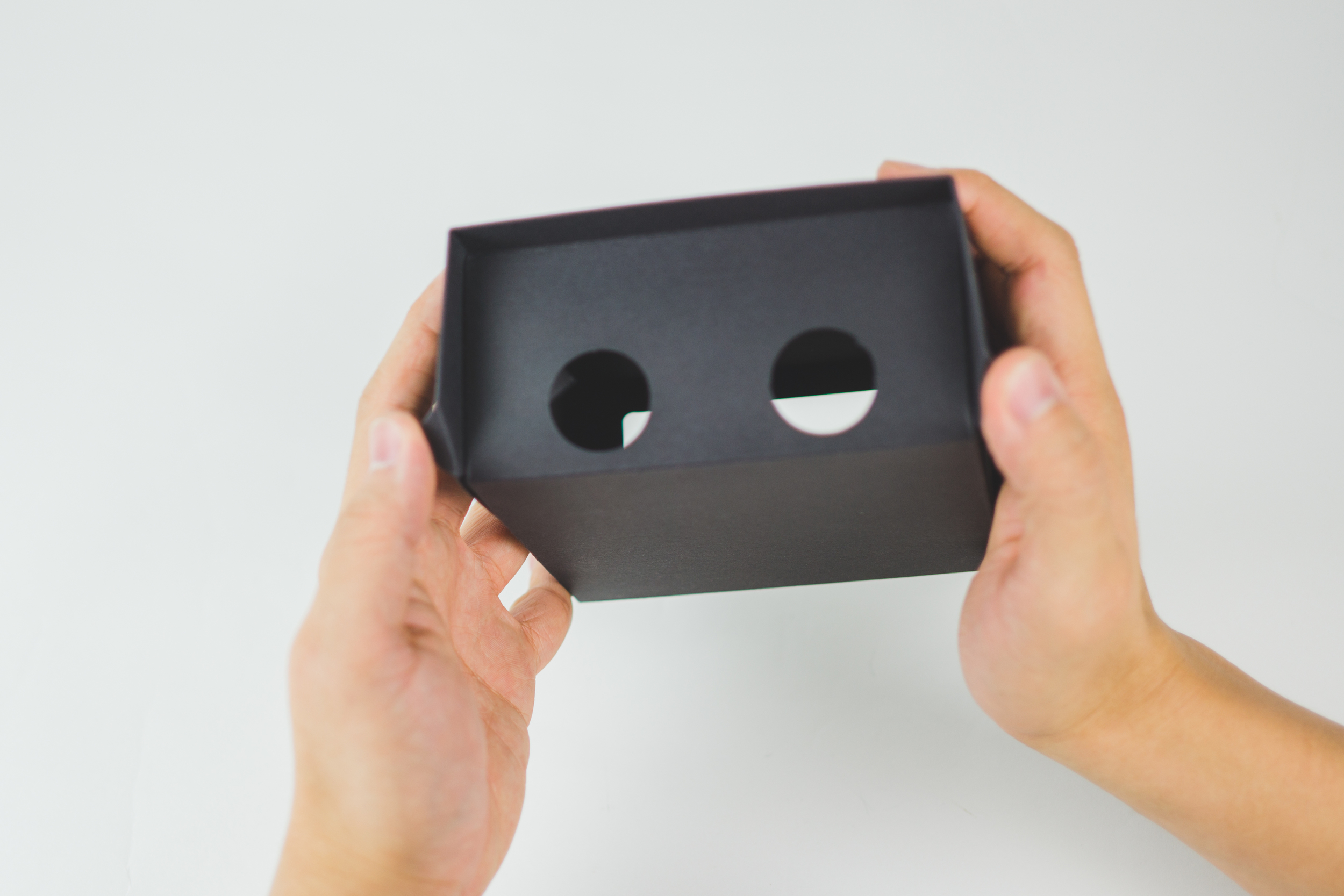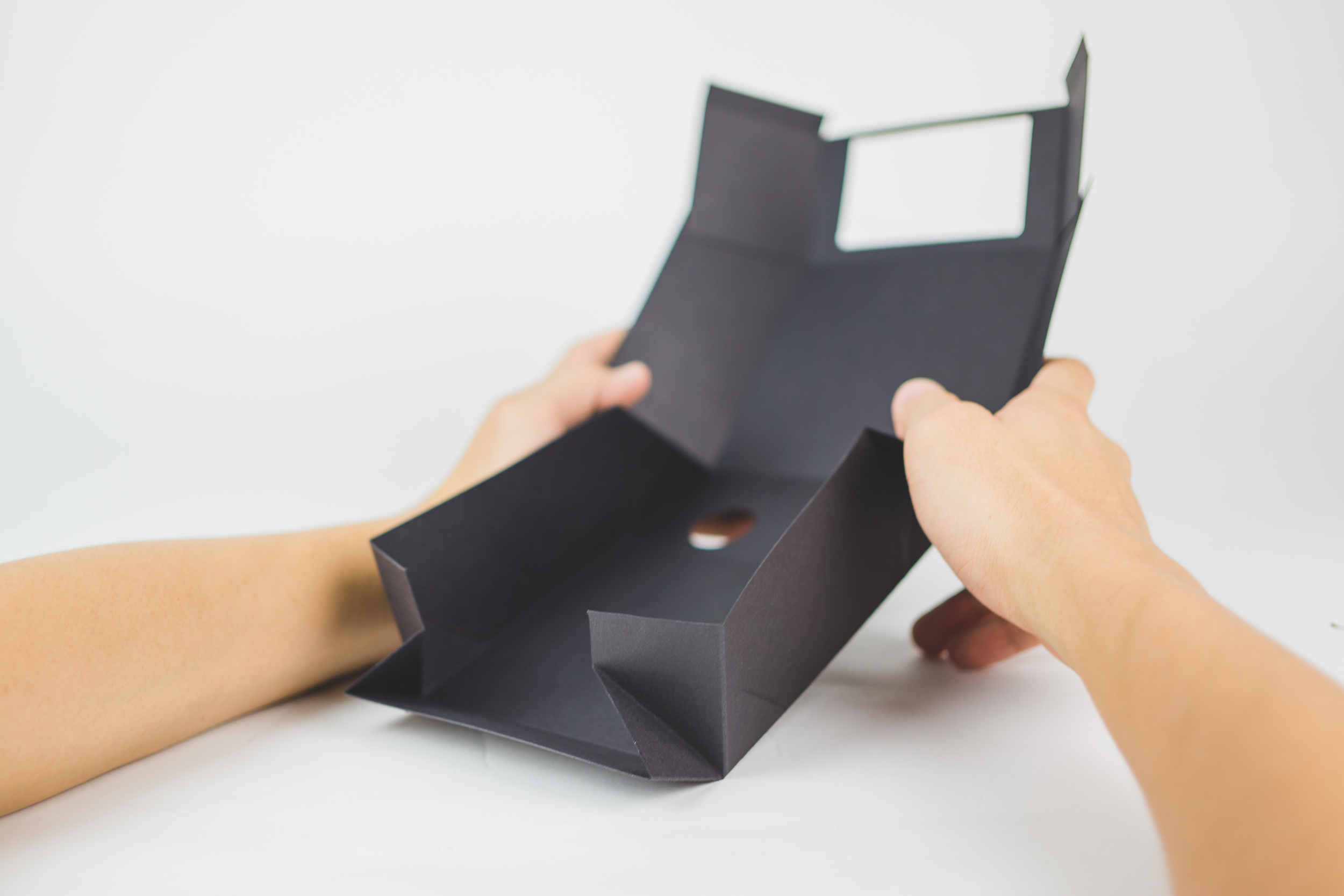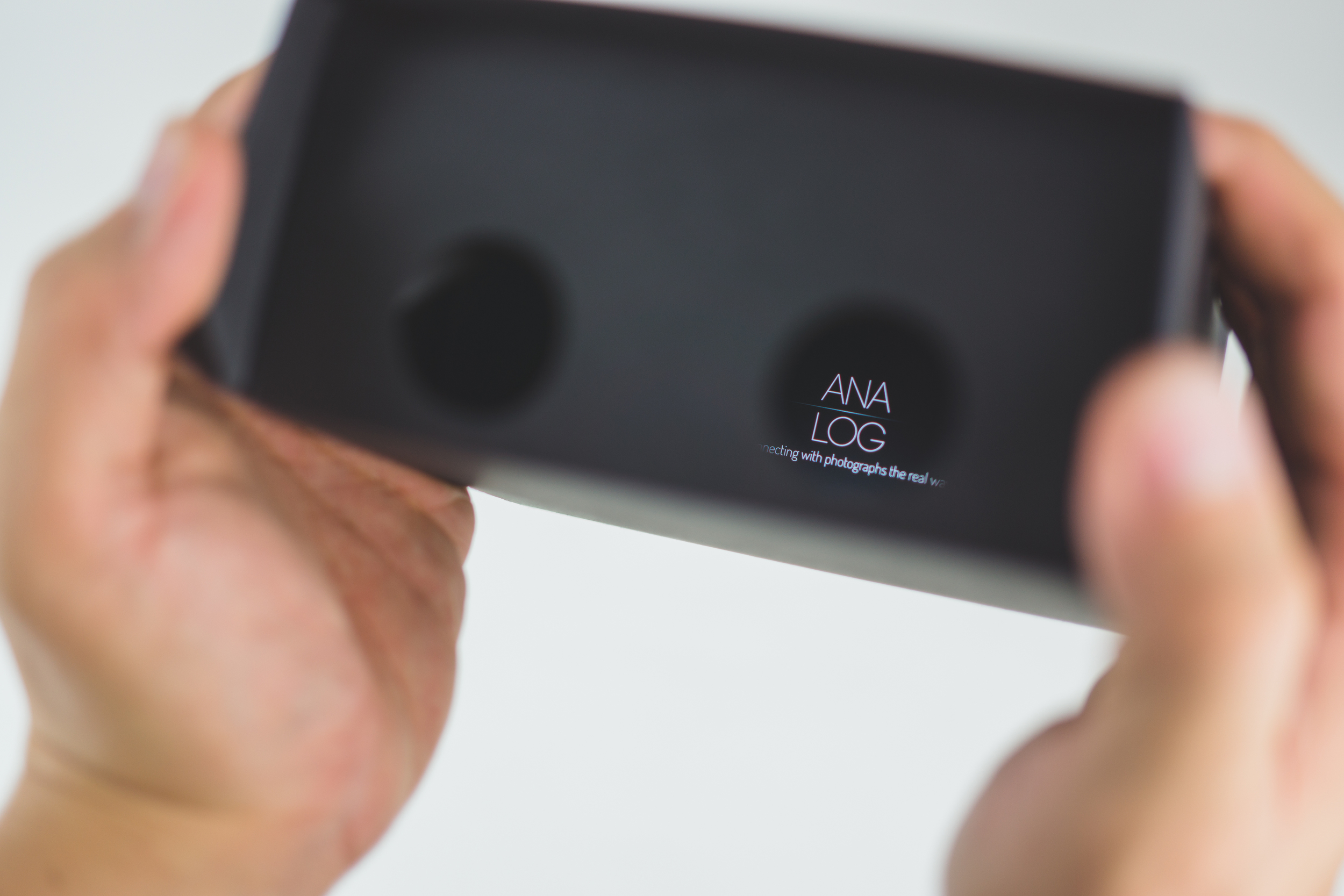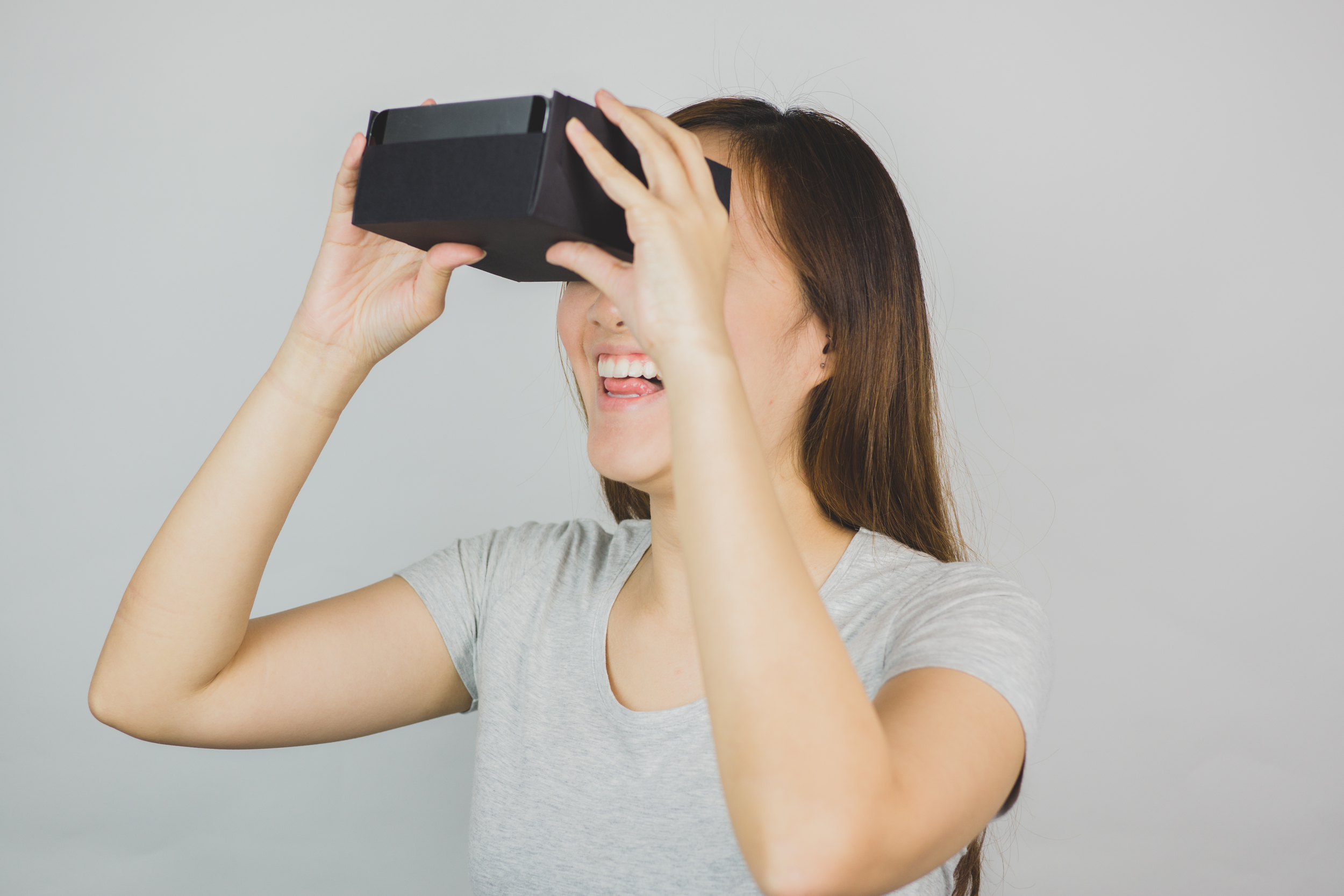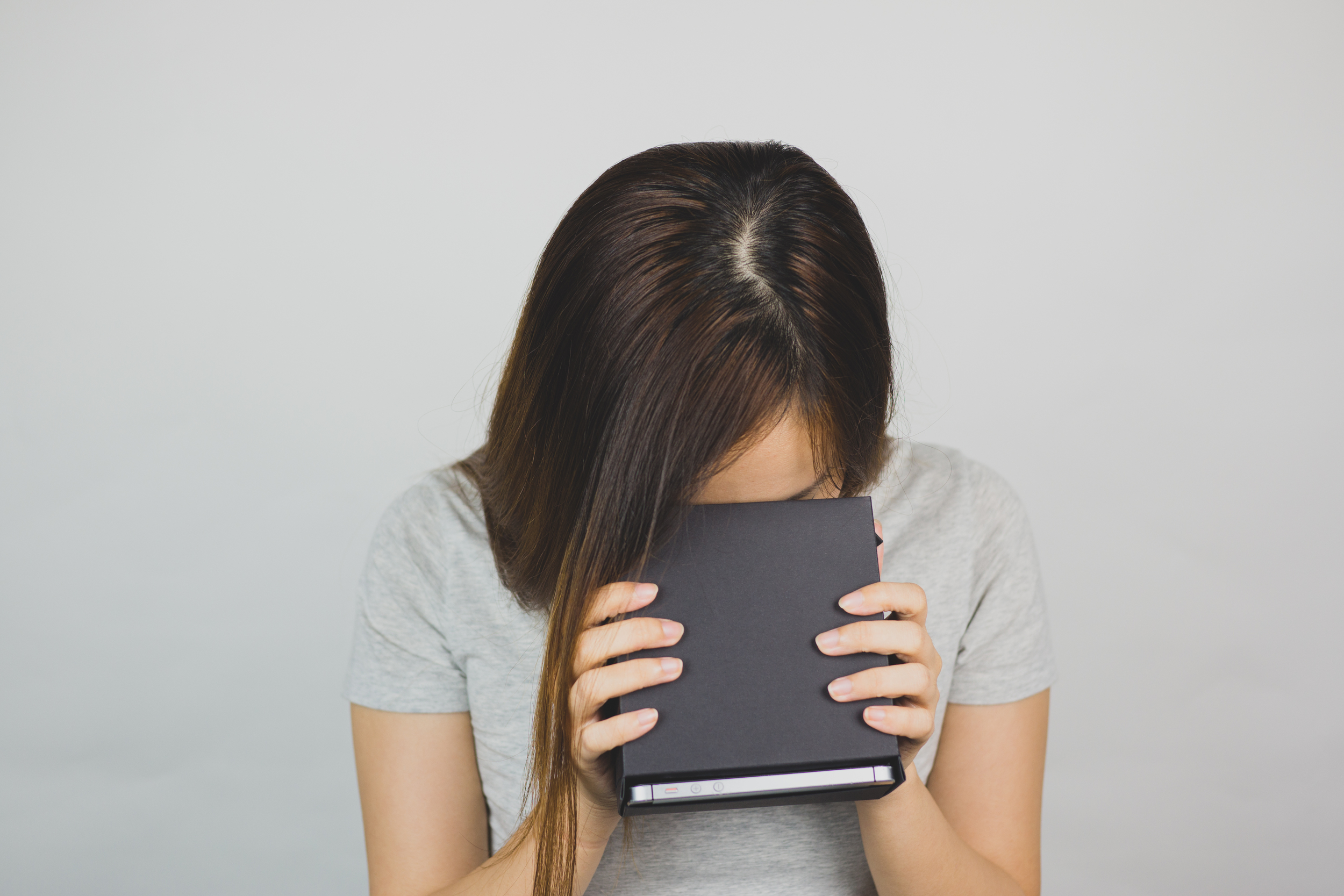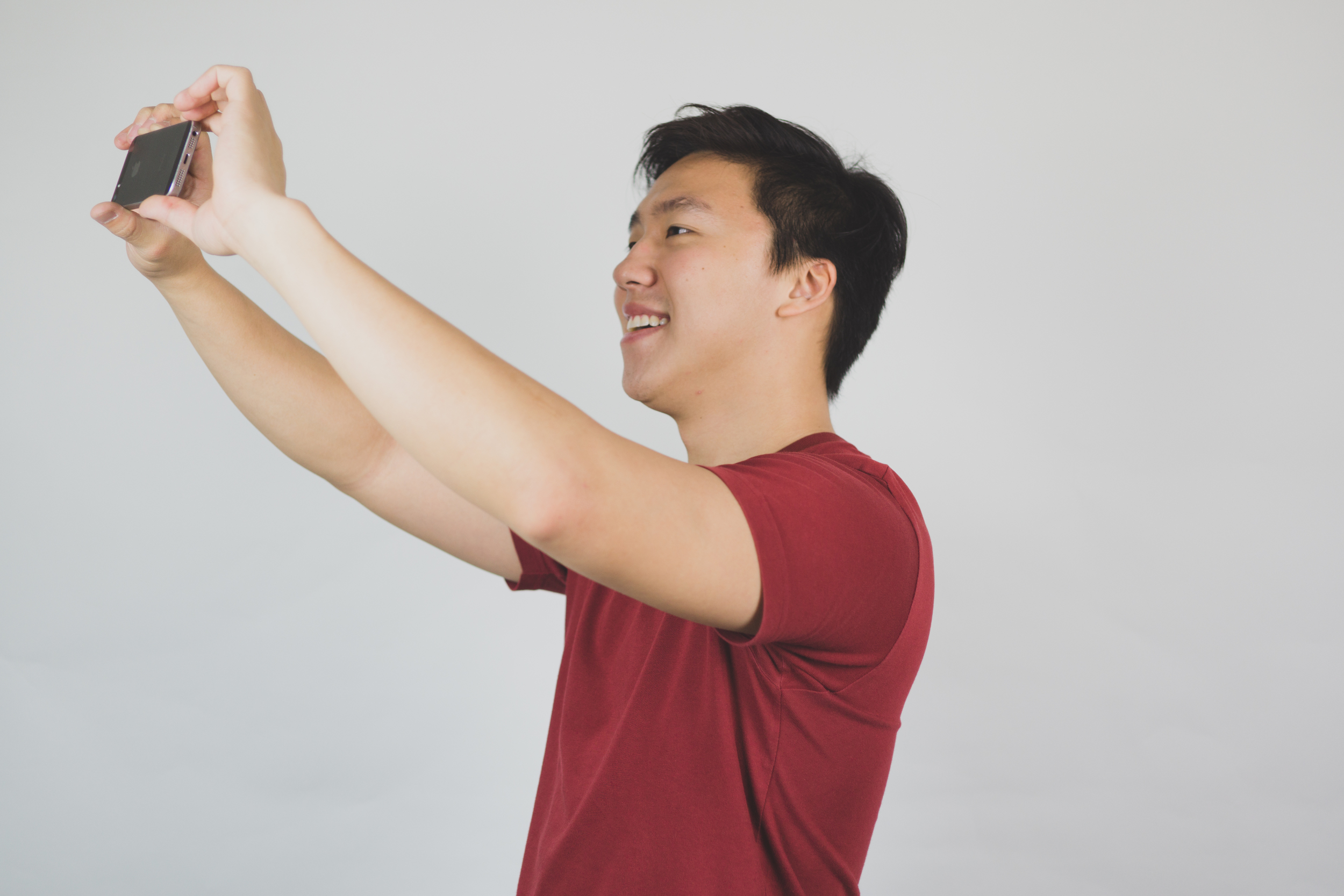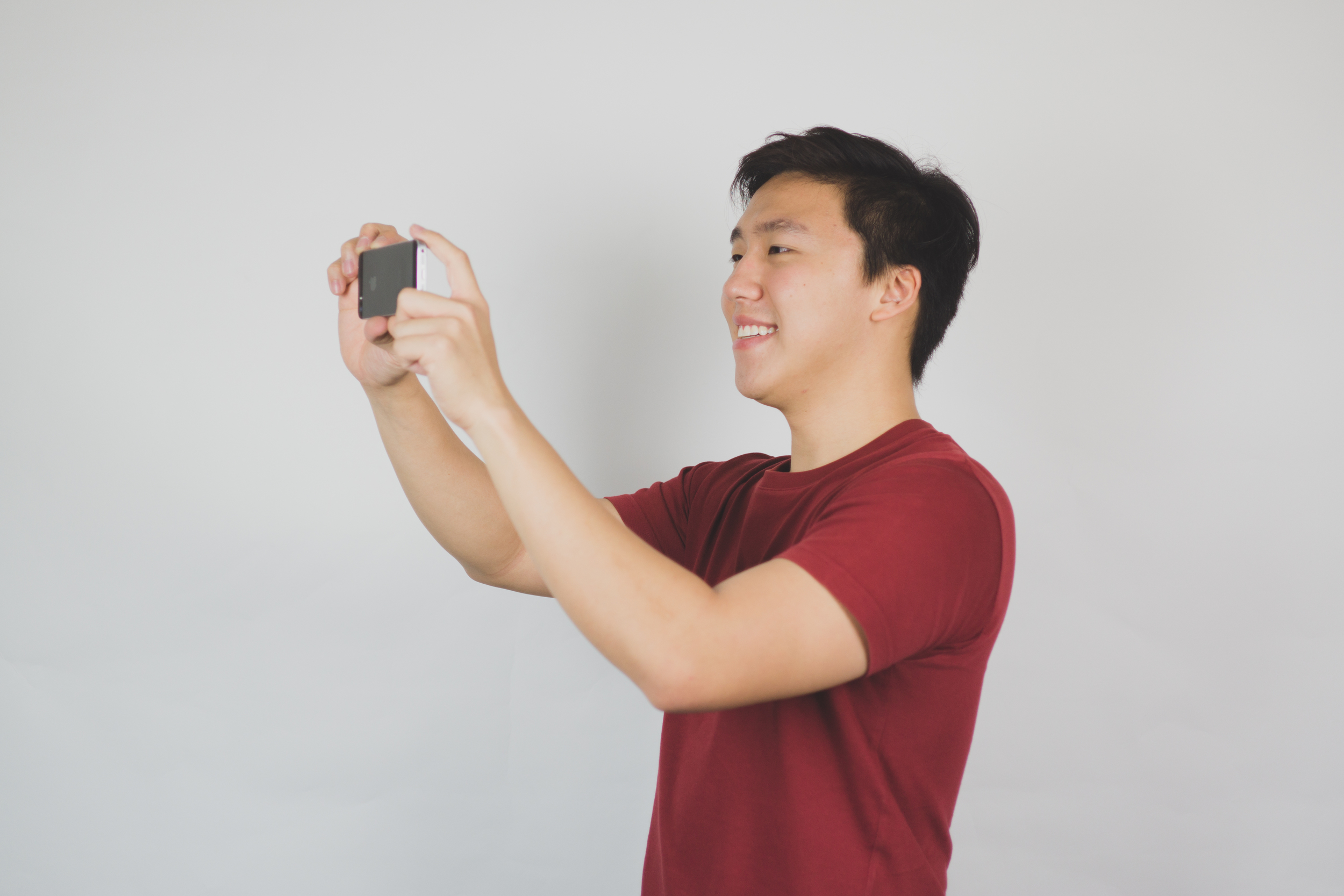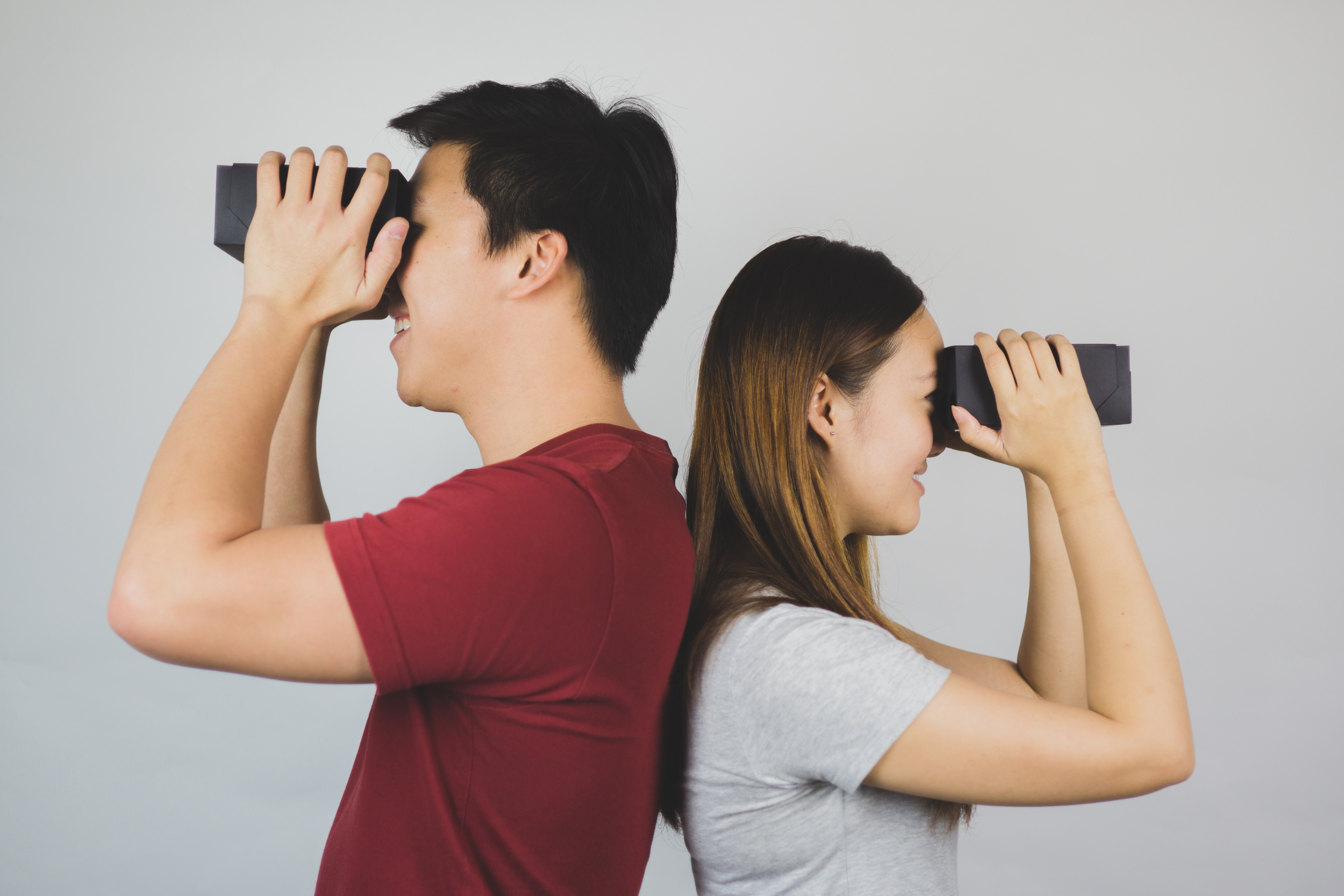ANAlog
Experience Design by Nigel Geh | 2015
Supervised by Eva Lenz, Matthias Laschke & Marc Hassenzahl
Nigel Geh’s concept ANAlog is another example of our design approach in praxis. ANAlog is a smartphone application to record visual impressions and then share them with a lover over the distance. While being an exchange student in Germany, about thirteen thousand kilometers from home, he tried many ways to share new impressions, sights and places with his partner. Picture sharing was one important practice. But sharing pictures through services such as Facebook or Pinterest remained emotionally “flat”. Just clicking through photos had nothing in common with the original situation and the photographer's feelings in that situation. Obviously, a click is an interaction carried out countless times a day, for tasks ranging from deleting spam mail to saving an important document. Nigel wanted to show his partner the places he found to feel close to her and “designed” an according experience. He envisioned a situation, where lovers stand side-by-side in a meaningful, beautiful, stunning place. They take a look around, slowly moving their heads from left to right, in sync with each other, fully immersed in the scene, while one partner points out particularly interesting views or tells a little story. This is the envisioned experience. Unfortunately, there was the little inconvenience of 13.000 kilometers distance in between the two lovebirds. Similarly to the Hug [6] discussed above, the design challenge was to create the envisioned experience asynchronously and over a distance. To achieve this, ANAlog allows to record an “impression” by moving a smartphone in exactly the way (direction, pace), the “photographer” feels appropriate. While doing so, sound of the surroundings is recorded and one can comment on what is seen (Figure 5, first and second row). Imagine standing in the harbor, slowly moving the smartphone from right to left, panning over the old market hall, the ferry, resting some final moments on the entrance of the harbor. It is a mindfully executed “look around”.
Upon receiving this “impression”, the Nigel's definite other puts her smartphone in a specifically designed cardboard peeking box. This is meant to make her forget the fact that she is actually in a different place. To play back the “impression” the viewer has to move the way the photographer has moved, that is, in the original pace and direction. Differences between the movements of the photographer and the viewer are signaled through image and sound. If, for example, the original movement was from left to right, but the viewer watches from right to left, everything is played backwards. Through this, ANAlog only shows the impression exactly the same way as recorded, if the viewer recreates the same movements as the photographer. This creates an impression of synchronicity, of taking this look around together, standing side-by-side, rather than being separated by thousands of kilometers. In line with our general approach, relatedness was linked to a practice (i.e., being at a relevant place, side-byside, sharing the perspective, and commenting on the surroundings), which in turn was materialized through interaction and technology to overcome the problem of physical separation. The resulting interaction is both, derived from the relatedness to be fulfilled and the envisioned practice, but shaped to convey this by careful materialization (i.e., through the way of recording an impression, way of viewing the impression, the cardboard box to increase the immersion in the impression).
